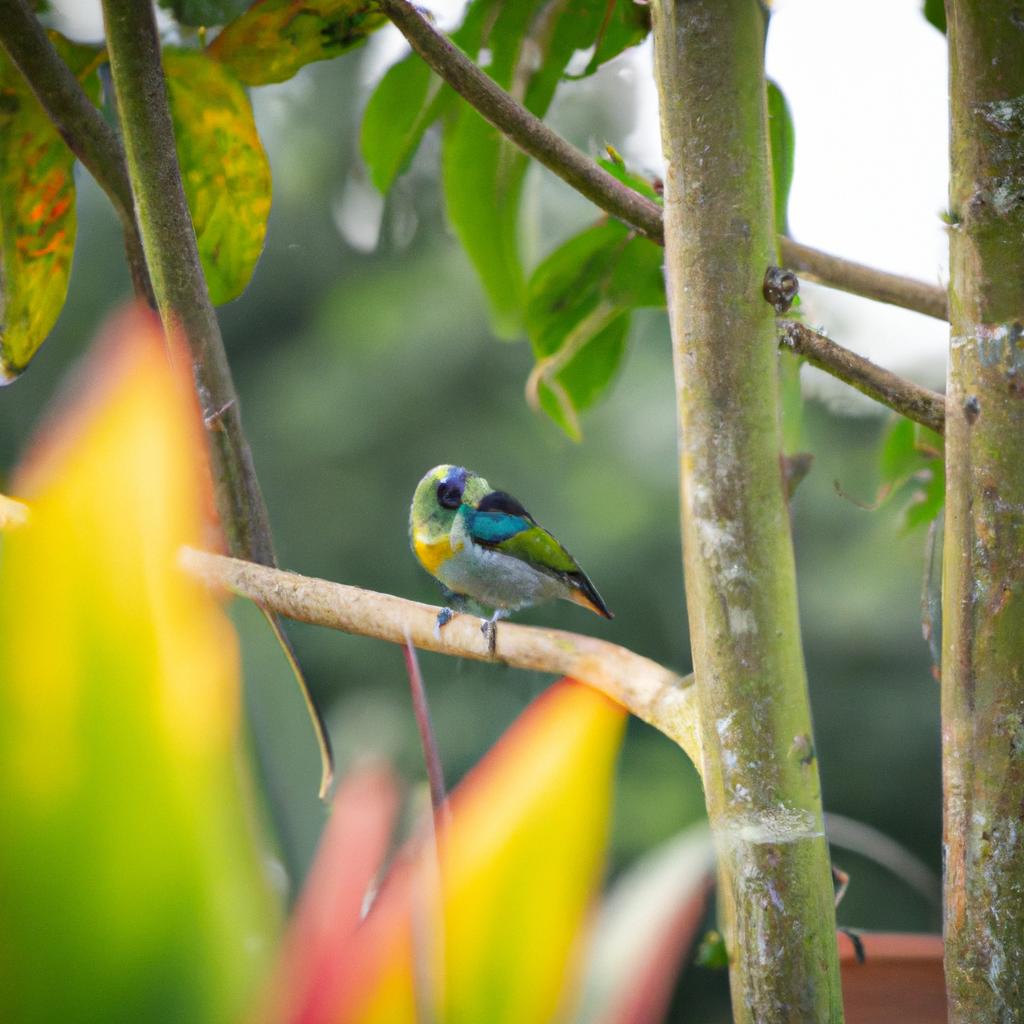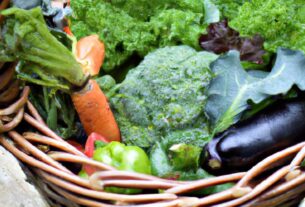Garden birds play a vital role in enhancing the beauty of your backyard ecosystem. They contribute to pollination, seed dispersal, and pest control, making them an essential part of any garden. Not to mention, observing these charming creatures can be a delightful and calming pastime suitable for all ages.
What’s truly wonderful about garden birds is their global presence. From the vibrant finches of North America to the exotic parrots of Australia, these feathered friends come in various shapes, sizes, and colors, each with its unique allure.
In this article, we delve into the diverse world of garden birds. We explore different bird species, discuss attracting them to your garden, offer tips for identifying them, and shed light on the challenges they face. Whether you’re a seasoned bird watcher or just starting, this guide equips you with valuable information to truly appreciate and safeguard garden birds.
Songbirds
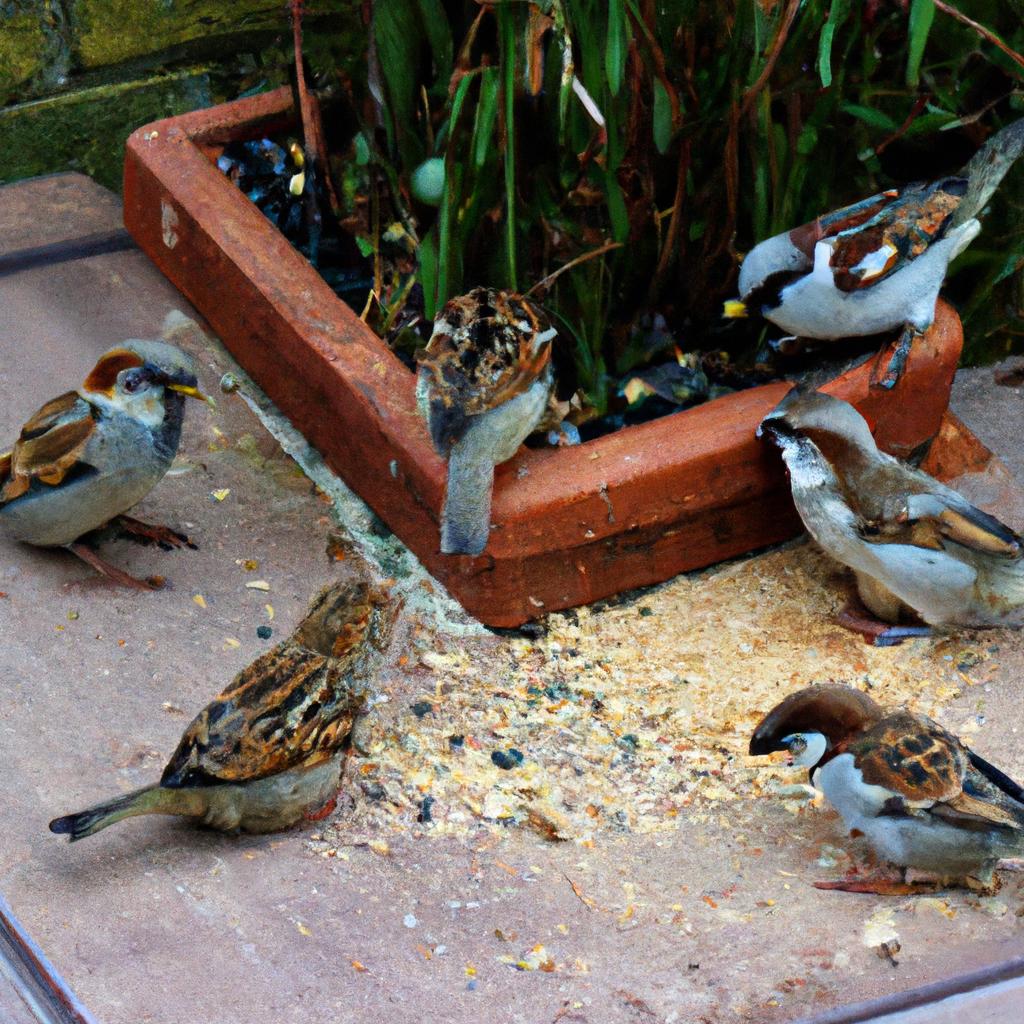
Songbirds are the most common garden birds in North America. Renowned for their melodious tunes, these birds include robins, blue jays, cardinals, and sparrows. Generally small to medium-sized, they showcase a remarkable variety of colors and markings.
Waterbirds
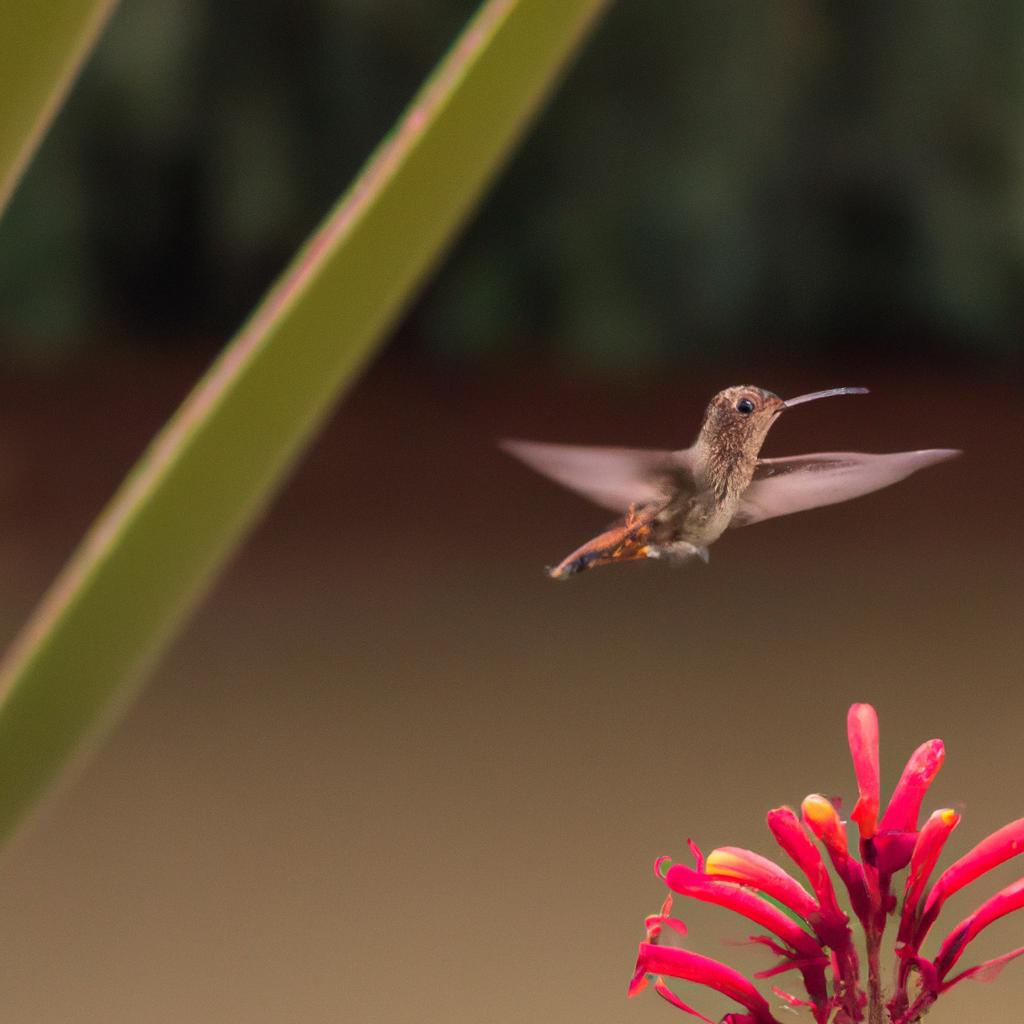
Waterbirds reside near or on water bodies. Ducks, geese, swans, and herons are among the larger birds in this category. Their long legs and beaks are perfectly adapted for wading and fishing.
Raptors
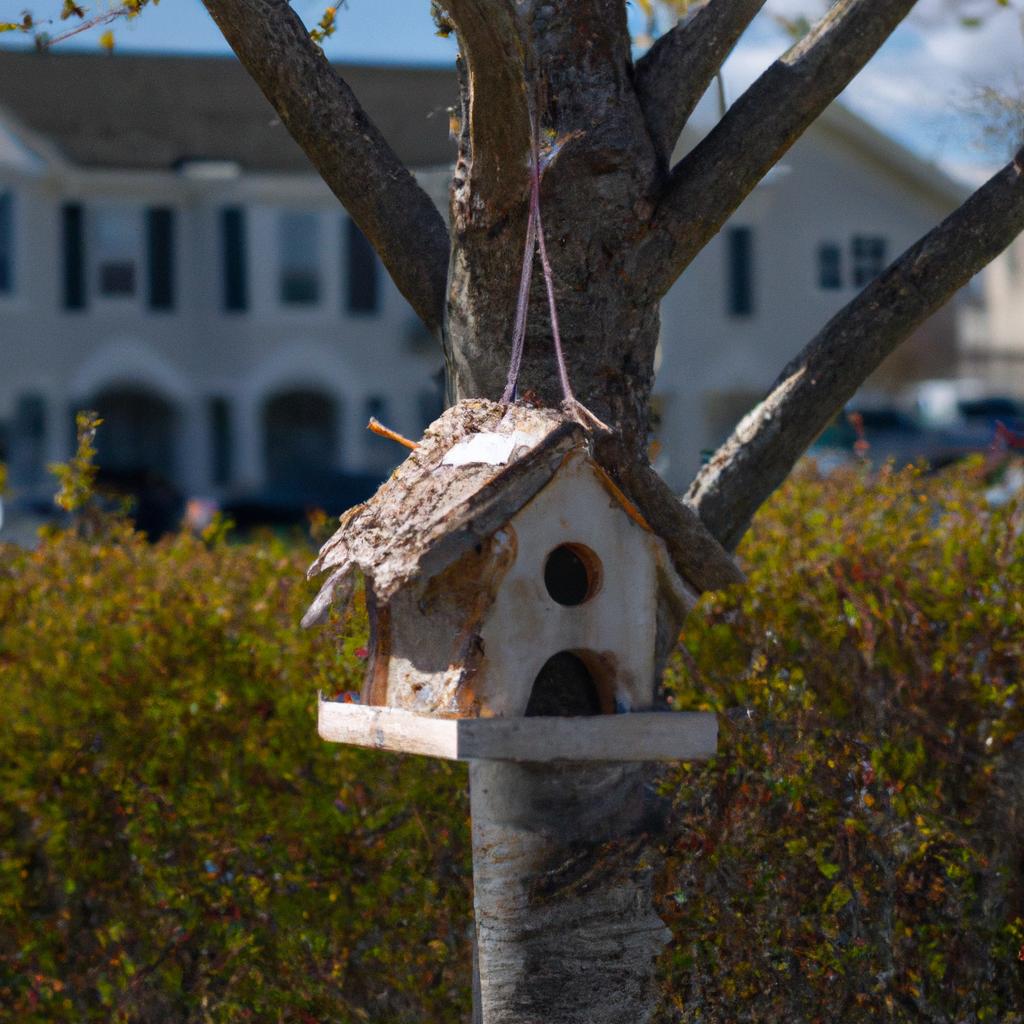
Raptors are predatory birds that feed on other animals. Eagles, hawks, and owls are prime examples. Equipped with sharp talons, beaks, and exceptional eyesight, raptors are awe-inspiring creatures.
Hummingbirds
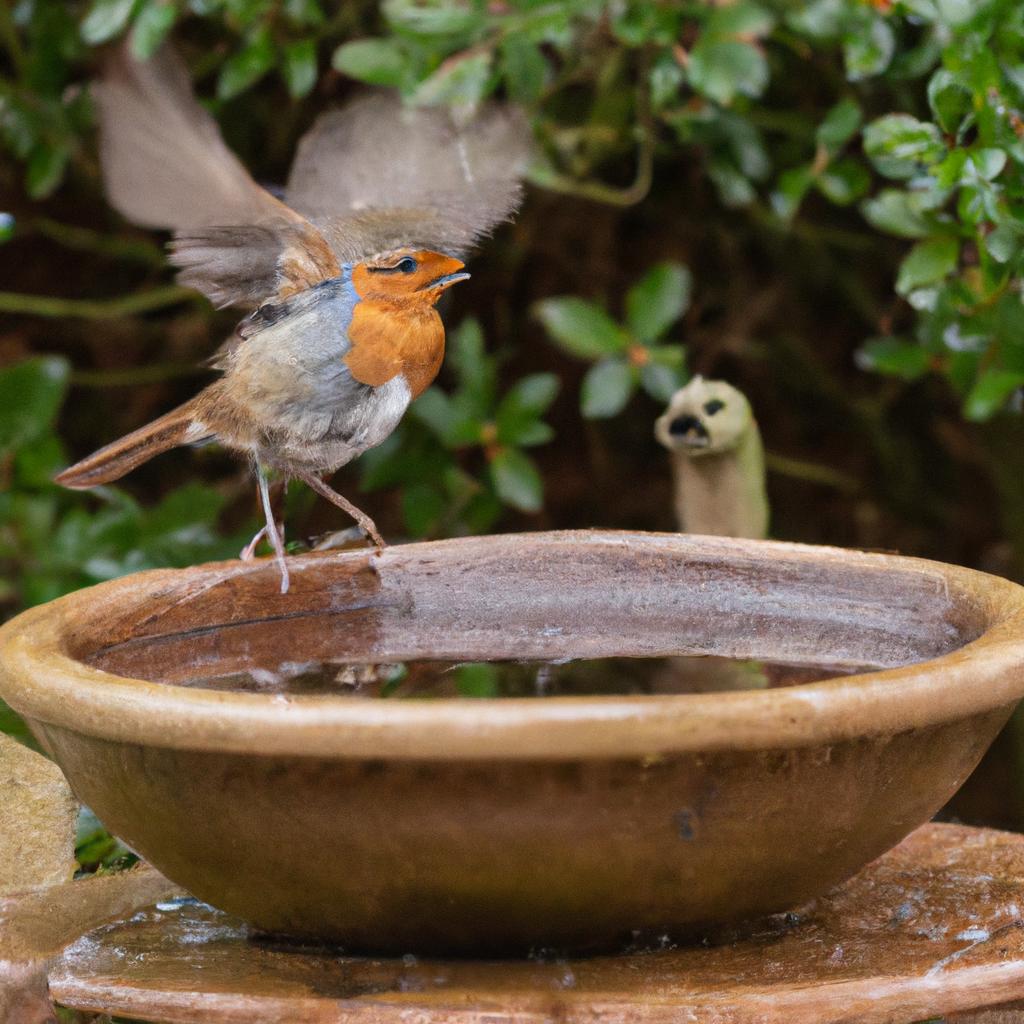
Hummingbirds, known for their small size and vibrant colors, captivate many garden enthusiasts. Their unique ability to hover in mid-air and flutter their wings up to 80 times per second is truly remarkable. Hummingbirds are exclusively found in the Americas.
Woodpeckers
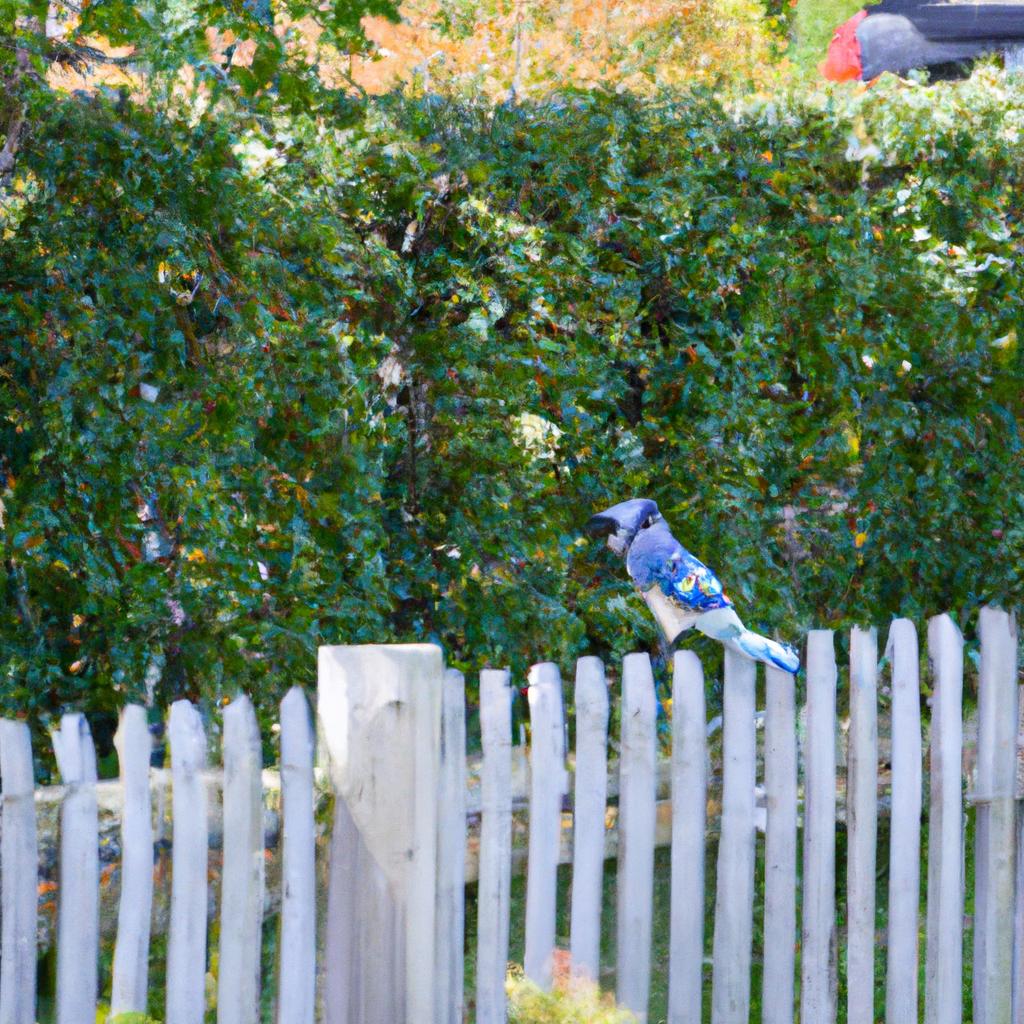
Woodpeckers possess beaks and tongues specially designed for drilling into wood to find insects. These medium-sized birds boast distinctive feather patterns. Woodpeckers can be spotted across the globe.
Finches
Finches, small and colorful, are spread across the world. Their beak shapes are adapted to the type of food they consume. For instance, the goldfinch’s beak is designed for seeds, while the waxbill’s beak is adept at catching insects.
Understanding the diverse types of garden birds enables us to appreciate their distinct characteristics and behaviors. In the following section, we’ll explore how to attract these feathered beauties to your garden.
Attracting Garden Birds
Welcoming garden birds to your backyard not only allows you to enjoy their beauty but also contributes to their well-being. Here are some tried and tested tips for creating a bird-friendly garden:
Creating a Bird-Friendly Garden
To cultivate a bird-friendly garden, provide food, water, and shelter. Planting native trees and shrubs offers birds nesting spots and food sources. Additionally, birdhouses and birdbaths serve as safe havens and hydration stations.
Providing Food and Shelter for Garden Birds
Bird feeders are a popular choice for feeding garden birds. Different types, such as tube feeders and suet feeders, cater to their varied preferences. Planting flowers that produce seeds or berries can also be a natural food source for these delightful creatures.
Apart from food, garden birds require shelter to protect them from predators and harsh weather conditions. Dense shrubs, trees, and birdhouses offer much-needed refuge.
Bird Watching and Identification
Bird watching is an enriching and rewarding hobby suitable for all ages. Here are some tips for observing garden birds in your own backyard:
Tips for Bird Watching in Your Garden
Patience and attentiveness are key when bird watching. Begin by observing birds from a distance and gradually move closer. Binoculars or a spotting scope can enhance your viewing experience.
How to Identify Different Garden Bird Species
Identifying garden bird species can be challenging but rewarding. Pay attention to their size, shape, color, markings, and unique songs or calls. Field guides and online resources are invaluable references to aid in your journey of discovery.
Understanding the diverse bird species that visit your garden deepens your appreciation for the abundant life around you.
In the next section, we’ll explore the threats that garden birds face and how to protect them.
Threats to Garden Birds
Garden birds encounter a range of natural and human-induced threats that affect their populations. Understanding these challenges is crucial in safeguarding their well-being. Here are some common threats and ways to protect garden birds:
Natural Threats
Predators such as cats, hawks, and snakes pose natural threats to garden birds. Birds of prey hunt smaller birds, while snakes target eggs and hatchlings. Additionally, extreme weather conditions like droughts, hurricanes, and wildfires can impact bird populations.
Man-Made Threats
Anthropogenic threats include habitat loss, pollution, and climate change. As urbanization expands, garden birds lose their natural habitats. Pollutants from pesticides, herbicides, and fertilizers harm their health and nesting sites. Climate change alters migration patterns and disrupts their food sources.
Ways to Protect Garden Birds
To protect garden birds, consider keeping cats indoors or in enclosed outdoor spaces to reduce predation. Birdhouses and nesting boxes offer shelter during extreme weather conditions and protect birds from predators. Minimizing the use of pesticides and herbicides in your garden helps create a healthy environment for these delightful creatures.
To address habitat loss, plant native vegetation that provides food and shelter for garden birds. Supporting organizations dedicated to wildlife habitat preservation and conservation efforts also makes a positive impact.
Conclusion
Garden birds contribute immensely to the beauty and vitality of our backyards. Their role in pollination and pest control ensures a thriving ecosystem. By understanding different bird species, attracting them to our gardens, and protecting them from threats, we can truly appreciate their presence.
Let’s take steps to safeguard garden birds from natural and human-induced challenges so future generations can also cherish their beauty. As a reader of TooLacks, we encourage you to support and appreciate garden birds by creating bird-friendly habitats and promoting conservation efforts. Together, we can make a difference in the preservation of these incredible feathered friends.
For more information on TooLacks, visit TooLacks.
